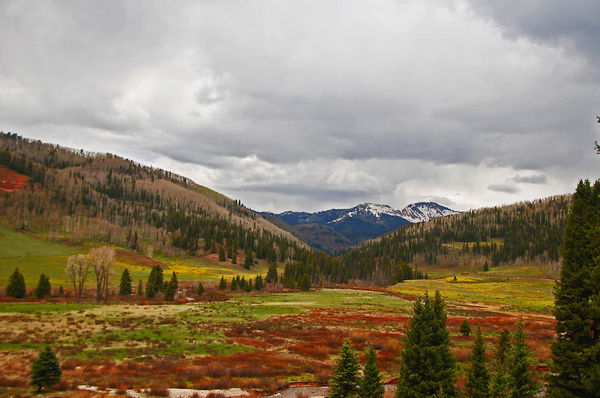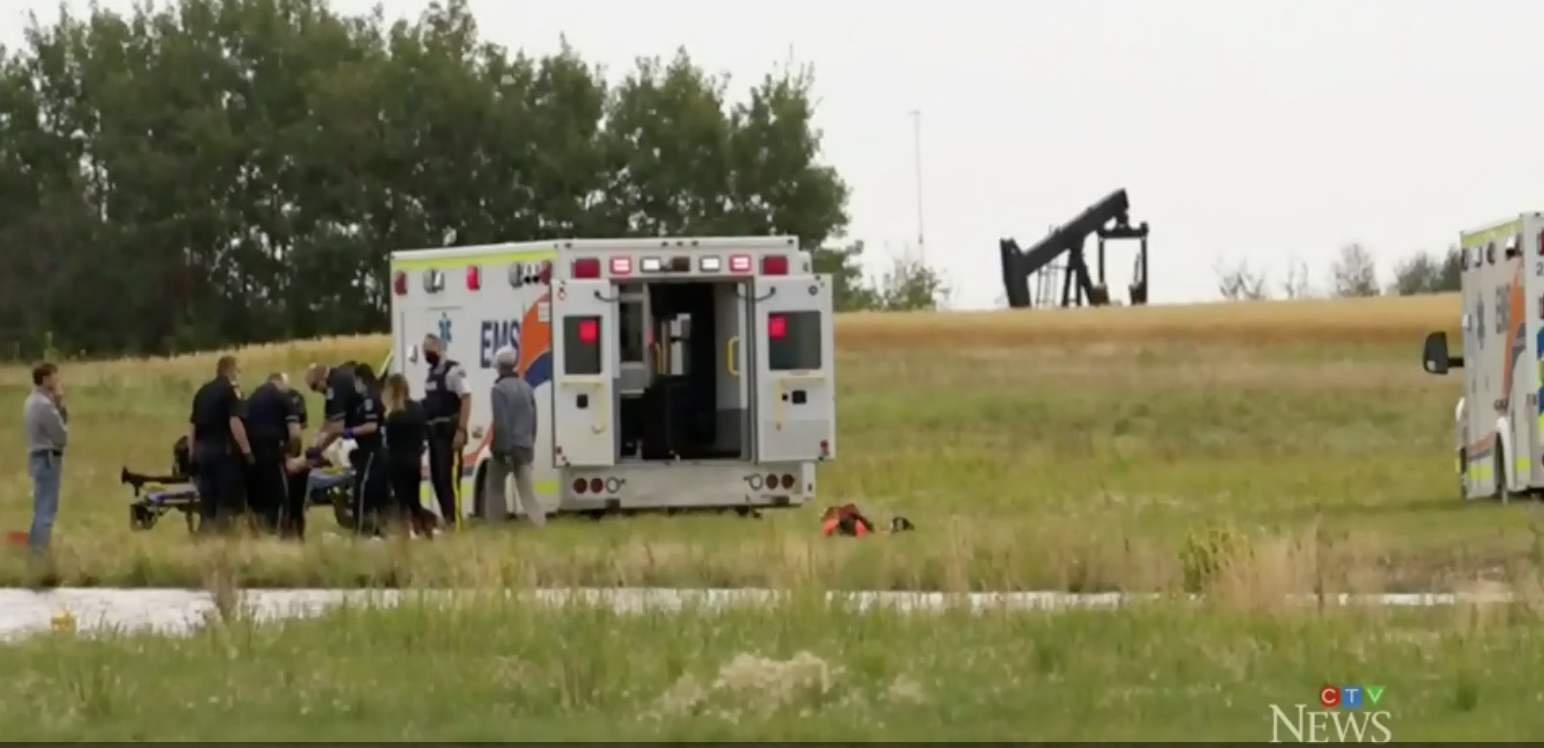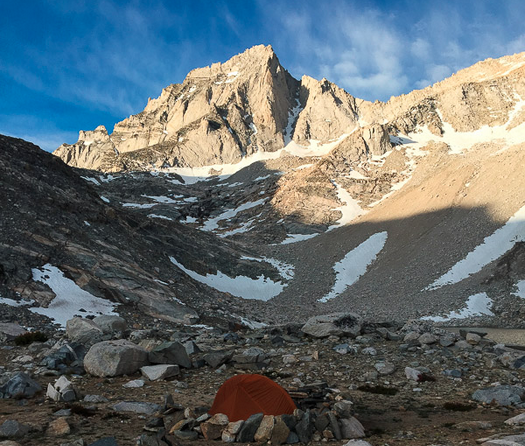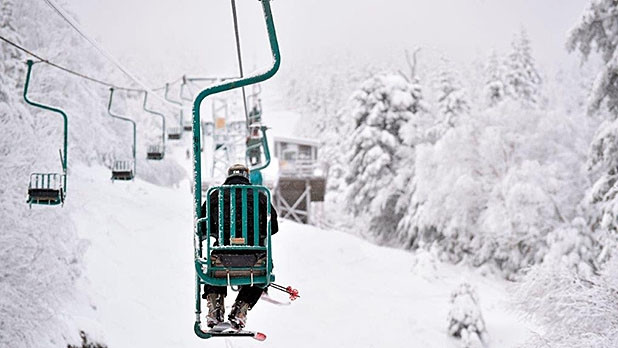
Are you ready to watch Supermoon this weekend? But what is Supermoon?
It’s a name given to the rare event, when the full moon coincides with moon being as close as it can be to the Earth, in lunar perigee. That means that it has a more powerful than usual effect on the tides and that it will look far brighter in the night sky.

If the sky is clear you can see the moon which appears larger than usual. Actually, the diameter of Supermoon is ~14% larger.

This month, the moon officially reaches its full phase at 12:23 a.m. ET (4:23 UT) on October 16, which means that the lunar disk will appear nearly equally full on the nights of both October 15 and 16.
There are a lot of different names for full moons – Harvest moon, Hunter’s moon, Blood moon, Blue moon, etc. What’s in these names?
The Harvest Moon is the full moon closest to the autumnal equinox. The Hunter’s Moon is the full moon after the Harvest Moon. For the Northern Hemisphere, the 2016 autumnal equinox came on September 22, and the September 16 full moon was the Northern Hemisphere’s Harvest Moon.
So the full moon on the night of October 15-16 is the Northern Hemisphere’s Hunter’s Moon.
What about Blue Moon? It is an additional full moon that appears in a subdivision of a year: either the third of four full moons in a season, or a second full moon in a month of the common calendar. Although, the phase is not related to the color.
The Moon, full or any other phase, can appear blue when the atmosphere is filled with dust or smoke particles of a certain size; slightly wider than 0.7 micron. The particles scatter the red light, making the Moon appear blue in color. This can happen for instance after a dust storm, a forest fire, or a volcanic eruption.
And everyone knows Blood moon, which appears during total lunar eclipse. According to NASA, During a total lunar eclipse, white sunlight hitting the atmosphere on the sides of the Earth gets absorbed and then radiated out (scattered). Blue-colored light is most affected. That is, the atmosphere filters out (scatters away) most of the blue-colored light. What’s left over is the orange- and red-colored light. This red-colored light passes through our atmosphere without getting absorbed and scattered, before the atmosphere bends it (refracts it) back out, projecting indirect, reddish light onto the Moon.
So, what to you need to make high resolution images of the moon?
You will need a sturdy tripod, a high resolution camera (the more resolution the better), a telephoto lens (the longer, the better + a teleconverter if your lens can take one) and a remote shutter release (optional).
Here are typical parameters for moon photography: ISO – 100 or 200 (could be even 1600 to photograph eclipse), aperture – between f/8 and f/11, shutter speed – between 1/125 to 1/500 of a second. Here is the article about moon photography which can be useful.
If you have a telescope – it’s even better! You can attach you camera and get great images! And you can even make a good image photographing the moon by your smartphone through the telescope!


If you are lucky and the sky is clear you can watch Supermoon over the weekend! And don’t forget to send us pictures!




